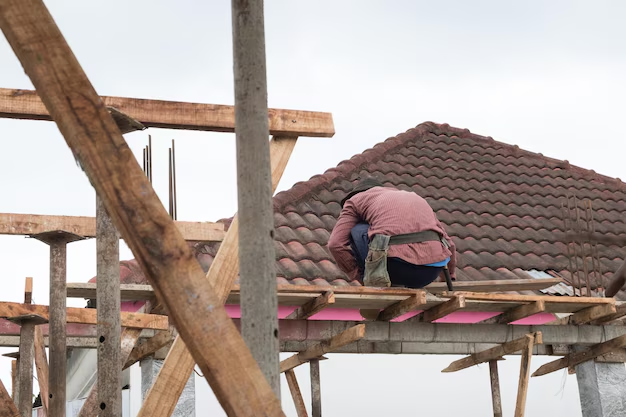Repairing Your Roof: Essential Tips and Resources You Need to Know
A leaky or damaged roof can quickly become a homeowner’s nightmare, leading to water damage, higher energy bills, and even structural issues. Fortunately, fixing a roof doesn’t always have to mean a full replacement. Sometimes, a few straightforward repairs can save the day. Here’s how you can tackle roof repairs effectively and consider additional financial resources to ease the burden on your wallet.
Identifying the Problem
Before embarking on any repair, accurately identifying the issue is crucial. Common roofing problems include missing or damaged shingles, leaks, or structural wear.
Inspect for Damage: Conduct a visual inspection from the ground, using binoculars if needed, to check for noticeable signs of damage. Look for curling or missing shingles, rusted flashing, and any obvious sagging.
Check the Attic: Head to the attic during daylight to look for any gaps letting in light or to identify water stains and mold, indicating leaks.
Test Gutters and Drains: Ensure gutters and downspouts are clear of debris to prevent backup and subsequent water damage.
Basic Repair Steps
Once you've identified the problem, you can carry out basic repairs yourself if you’re comfortable with DIY projects.
Replace Shingles: Remove the damaged shingle by lifting the edges and pulling out any exposed nails. Slide in the new shingle, secure it with roofing nails, and apply roofing cement to seal the edges.
Fix Flashing: For damaged flashing, carefully remove the old piece and replace it with a new section, sealing the joints with roofing cement to prevent leaks.
Seal Small Leaks: Use roofing cement or a suitable sealant to patch small leaks. Apply the product generously over the area and smooth it out with a trowel or putty knife.
When to Call a Professional
Certain situations warrant the expertise of a professional roofer:
- Structural Damage: If your roof has significant sagging or extensive damage, a professional assessment is critical.
- Lack of Tools or Experience: Roofing requires specific tools and knowledge of safety protocols. If you aren’t equipped or experienced, professional services are worth the investment.
Financial Resources and Assistance
Addressing roof repairs might not always be a straightforward financial decision. Luckily, several options are available to ease the financial strain:
Government Grants: Programs like the Weatherization Assistance Program can help low-income families make home energy improvements, including roof repairs.
Home Improvement Loans: Many banks and credit unions offer low-interest loans specifically for home repairs. Check with your local institutions to find competitive terms.
Homeowner's Insurance: If your roof was damaged by an event covered by your insurance policy, such as a storm or hurricane, filing a claim can help mitigate repair costs.
Non-Profit Assistance: Organizations like Habitat for Humanity often offer repair assistance programs for qualifying individuals.
Visual Resource List: Financial Aid and Solutions 💡
- 🚨 Weatherization Assistance Program: Federal aid for home energy efficiency improvements.
- 🏦 Home Improvement Personal Loans: Offered by banks, explore low-interest options tailored for home repairs.
- 🛡️ Homeowner’s Insurance Claims: Potential coverage for roof damage repairs due to natural events.
- 🤝 Habitat for Humanity Programs: Assistance programs for necessary home repairs.
Navigating roof repairs can be straightforward when approached systematically. By identifying the problem, deciding on DIY versus professional help, and exploring financial solutions, you can protect your home without straining your finances.
